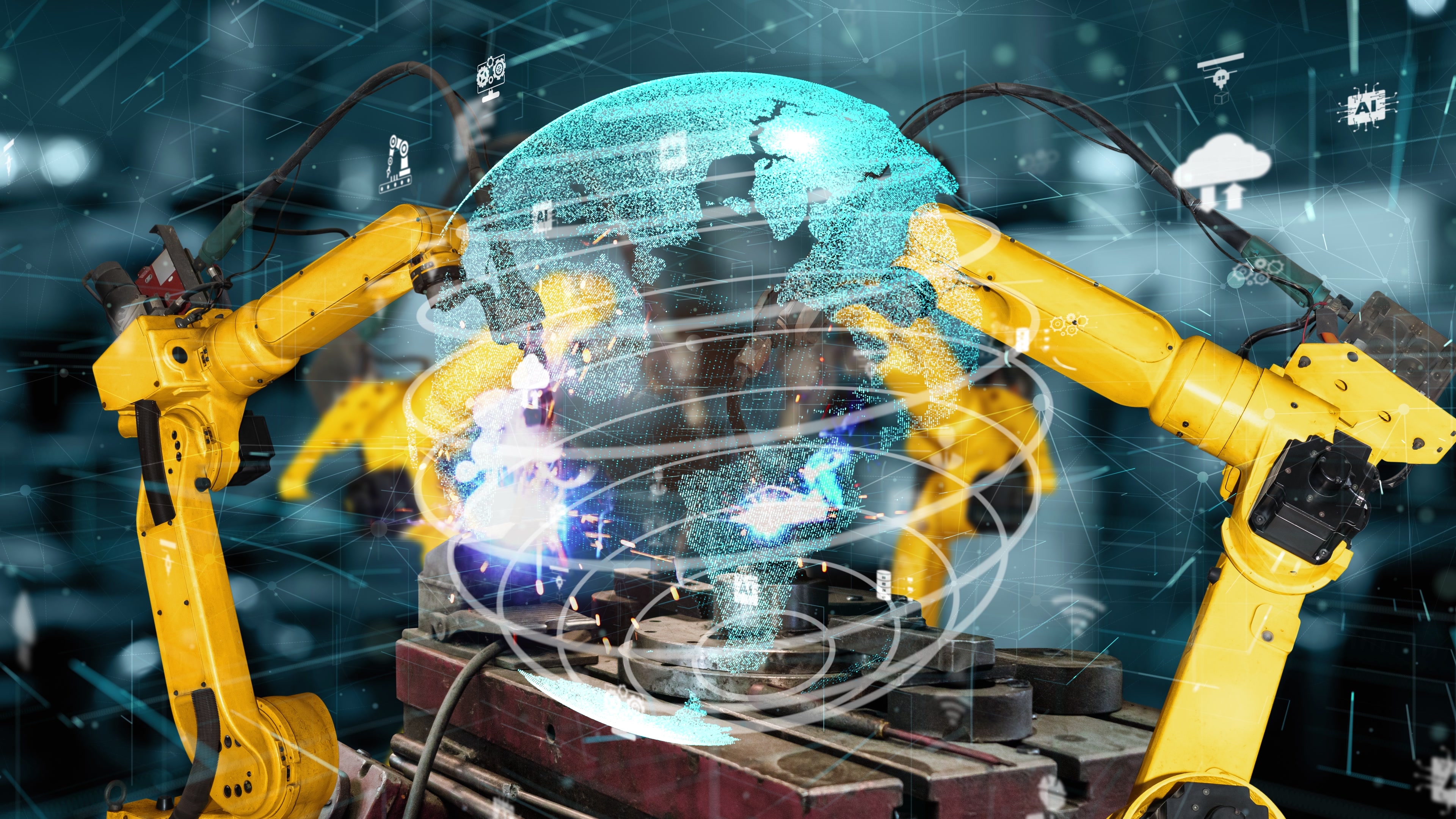Exploring the Intersection of Automation and Job Creation in the Manufacturing Sector

For countless decades, the manufacturing segment has provided a solid base in the world economy, having given work to millions as well as technological progress. But with the present world conditions, automation has turned out to be both a useful ally and a cause for worry. The role of automation in terms of jobs in manufacturing is a sensitive issue, and one that deserves further attention. As such, the focus of this blog will be on the ways in which automation is impacting employment opportunities in manufacturing, one of the critical sectors of economy as well as industry and its consequences towards employees and businesses.
As a phenomenon core to manufacturing environment, automation is about the utilization of mechanical and technological means for tasks that would otherwise be done by employees. This can be as basic as machines that assist in the assembly lines or robotic arms that can execute bits of work with engineering precision. Several factors account for the trends towards greater automation which include the drive for more productivity, lower costs and the increased levels of consumer responsiveness. While these are positive aspects of automation, they still beg the question of the future of jobs within the industry.
It is no secret that the advancement of automation raises concerns about job loss. Certain occupations are likely to decline once robots and machines master performing monotonous work. Examples of these roles include some of the labor-intensive jobs or basic assembly line positions. However, it is important to put the anxiety related to displacement in the appropriate perspective – that of net job growth. The truth is that certain jobs may disappear, however, counterbalance jobs are being created because of automation.
Automation will always create new job opportunities, as it is with technology revolts throughout history. When people employed in farming lost their livelihood in the wake of the Industrial Revolution, new job prospects opened up at factories and other new industries. The same is true of the manufacturers of the present day – they too witness how automation helps to improve the optimization of processes, but at the same time encourages creating new job positions which consist of managing technology and automated systems, analyzing data, and maintaining automated systems. The incorporation of these systems into enterprises will lead to the increased demand for qualified specialists capable of operating, programming and repairing them.
Another positive for the employees is that through automation, factories will not have activities that are very repetitive and tend to cause exhaustion and dissatisfaction. If routine processes in manufacturing are automated, employees can be moved to tasks that are more intellectually engaging and involve creativity and problem solving. For example, after performing assembly line tasks on a poor repeat for hours, employees may consider key roles that have less repetitive tasks, like: quality assurance or design or even SCM. Not only does this change enhance the mood among employees but the employees are also more likely be productive since they believe their work is more challenging and creative.
Moreover, factors like automation will only improve or make manufacturers more competitive and help their businesses to grow as well. First, nothing improves the pace and the rate of production like technology. Those businesses that use better technology will generate better products with fewer mistakes in comparison with businesses that don’t. These advantages gained in competition will promote the growth of the business which will open up opportunities at different levels. Further growth of a business means there will be a demand for a greater workforce in different areas like sales, marketing and advertising, customer care services and many others which will equally create more job opportunities.
Shifting towards an automated manufacturing environment definitely has its upsides but there are also certain challenges. One such challenge which stands out is the need for reskilling and upskilling the current employees. People have to learn new technologies and processes because the nature of their jobs will change. Due to this, employers, education systems, and governments have to work together to provide training programs which will help employees in working in an automated environment.
Additionally, it is equally important to instill a philosophy of learning. Since there are new developments in technology, relevant skills for the manufacturing sector will also evolve. Employees should be taught to remain active and continue learning new things; this will help reduce risks that emanate from job loss. When employers make efforts to develop their workers, the productivity of the workers increases, loyalty is built, and the rate of employee turnover decreases.
To conclude, the story of automation and employment generation in the manufacturing industry is definitely challenging the odds but holds great prospects. The argument of loosing employment opportunities due to automation is real, however, the silver lining has to be seen in the developing opportunities. The manufacturing sector can pursue this transformation successfully by being willing to change, investing in reskilling programs and fostering an innovative culture. There is however a greater goal which should inform us, the aim should be to achieve a synergy between automation and manual labor. This will benefit the organizations through better productivity, efficiency among other benefits and the workers will also have a more inspiring working environment.
